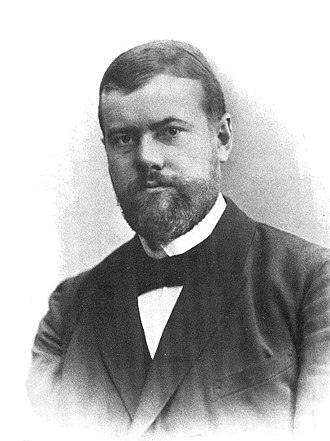
It’s long overdue for me to type something serious in response to this sort of comment that one sees all too frequently:
Litwa writes, “The fact is, few Mediterranean gods actually die; even fewer die and rise. . . . To be sure, a few gods die; and of these, some of them return, in some fashion, to life. Yet they do so for all sorts of reasons and in all sorts of ways. Mythicists such as Carrier fixate on abstract similarities. As a result, they often ignore or paste over important differences in the stories.” — from a comment on this blog.
I only touched on the fallacy expressed here a couple of months ago in Death and Resurrection of Baal.
The first indication that there is something wrong with Litwa’s argument is the use of “some” and “all sorts of reasons and in all sorts of ways”. Already Litwa is acknowledging that these gods can indeed all be classified as a group even though there are “all sorts of differences” among them. We know their respective stories are very different indeed but that does not prevent us from grouping them as, let’s say, a particular “type”. So the question that arises is, On what grounds do we omit Jesus from among “the few” and “the some” in his statement?
Robert M. Price has explained that comparisons among ancient “dying and rising” gods are based on the famous sociologist Max Weber’s explanation of “ideal types”. (Ideal here does not mean perfect but belonging to a common idea.) Price rightly identifies the fault in a milestone critic of such comparisons, Jonathan Z. Smith, as failing to grasp Weber’s discussion of how sociologists, historians and others justify making comparisons in the first place.
So here is a little background reading. I will quote liberally from a translation of ““Objectivity” in Social Science and Social Policy”, an essay in Max Weber’s On the Methodology of the Social Sciences.
To begin, note that Weber points out that the notion of an ideal type is not a fanciful extra, some ad hoc plaything, but is an absolute necessity for any historian who is making comparisons of different cultural groups:
If the historian (in the widest sense of the word) rejects an attempt to construct such ideal types as a “theoretical construction,” i.e., as useless or dispensable for his concrete heuristic purposes, the inevitable consequence is either that he consciously or unconsciously uses other similar concepts without formulating them verbally and elaborating them logically or that he remains stuck in the realm of the vaguely “felt.” (94)
Imagine we want to make comparisons between a church and a sect. How do we go about defining our terms: what is it (to take an example Weber uses) that makes a church a church and a sect a sect? To answer that question we look at the vast array of groups we classify as churches and sects. And when we do we soon find we are in trouble because there are simply so many different sorts of churches and sects. I know from first hand: when I belonged to the Worldwide Church of God cult I and fellow members frequently noted criticisms of cults and we saw core reasons why our church was not any of the cults listed and critics were making an ignorant mistake to classify us with them. If we pin down the attributes that define one sect as a sect we will almost inevitably encounter another instance that defies some of those determinants. If we want to compare different democratic governments, or specific social classes, or economic systems, or family structures, or religions, we will face the same problem.
Keep in mind that the word “ideal” in ideal type refers to the idea of something, not a “perfect” representation. So let the authority on ideal types speak. All italics are original, bolding and paragraph breaks are mine: Continue reading “On (Dying and Rising Gods and) IDEAL TYPES”
